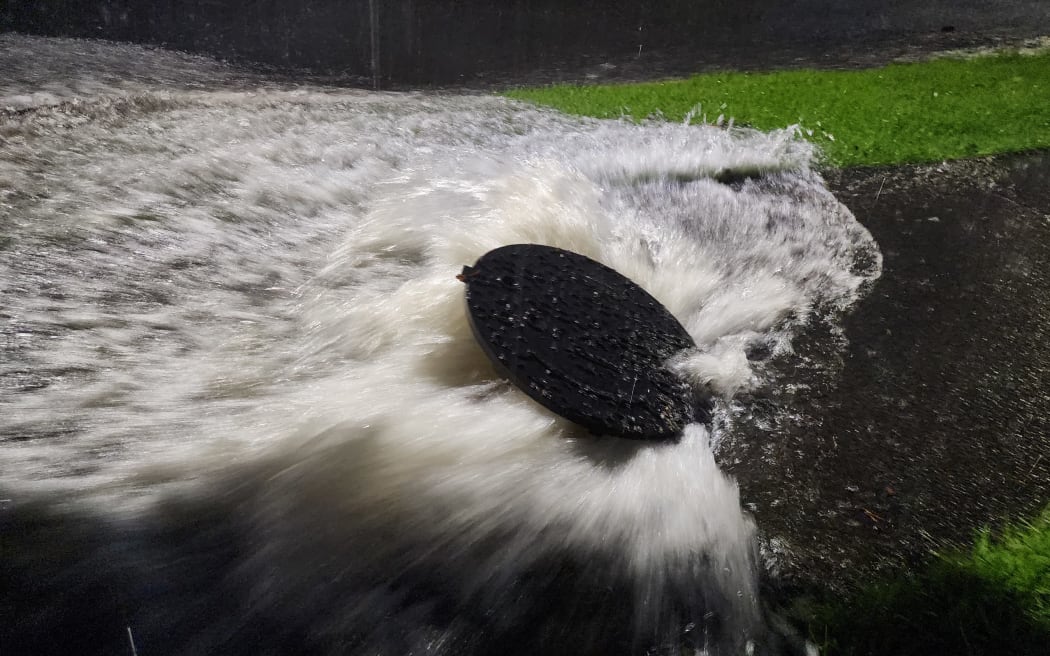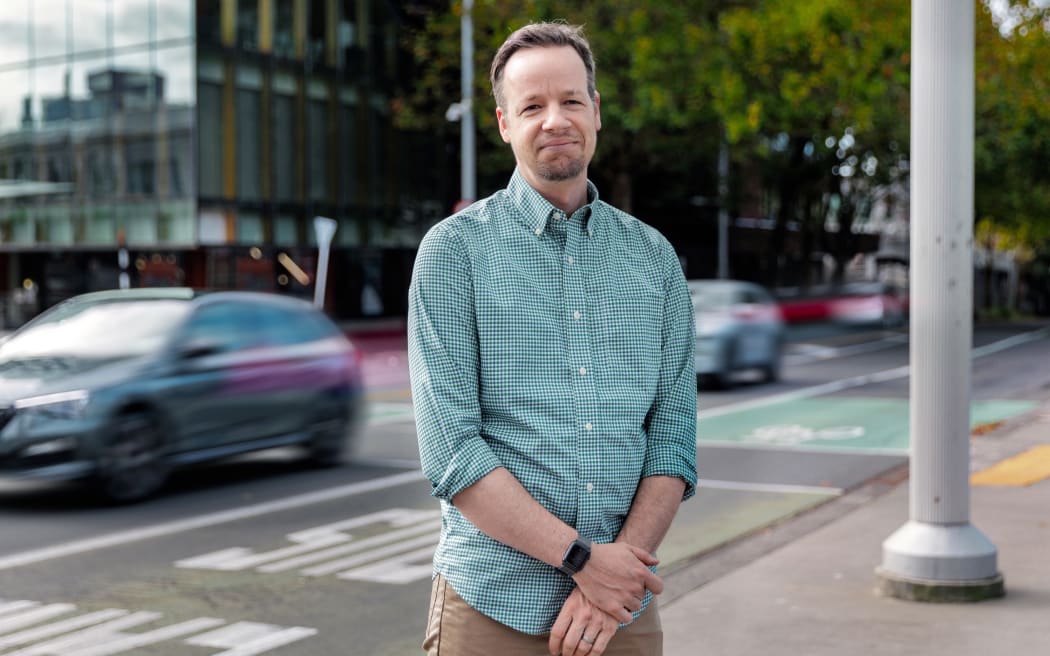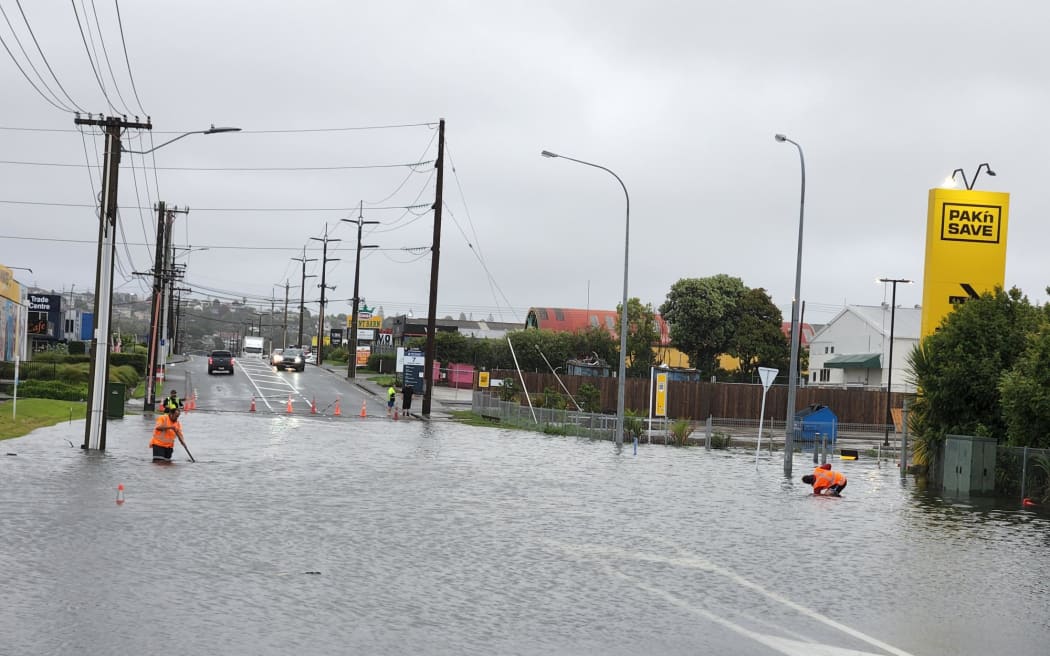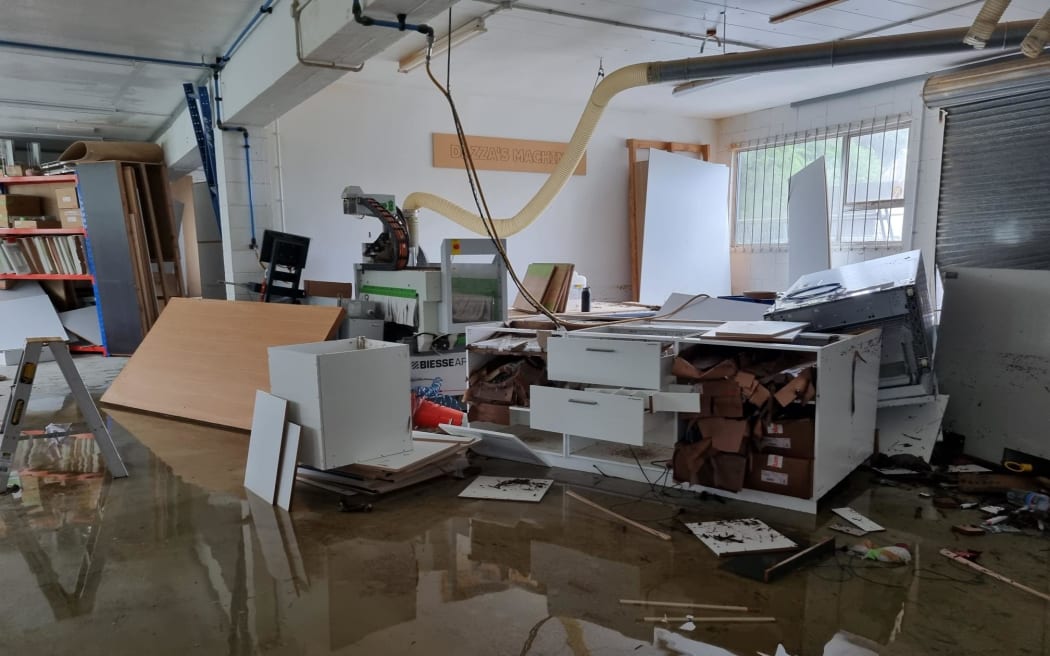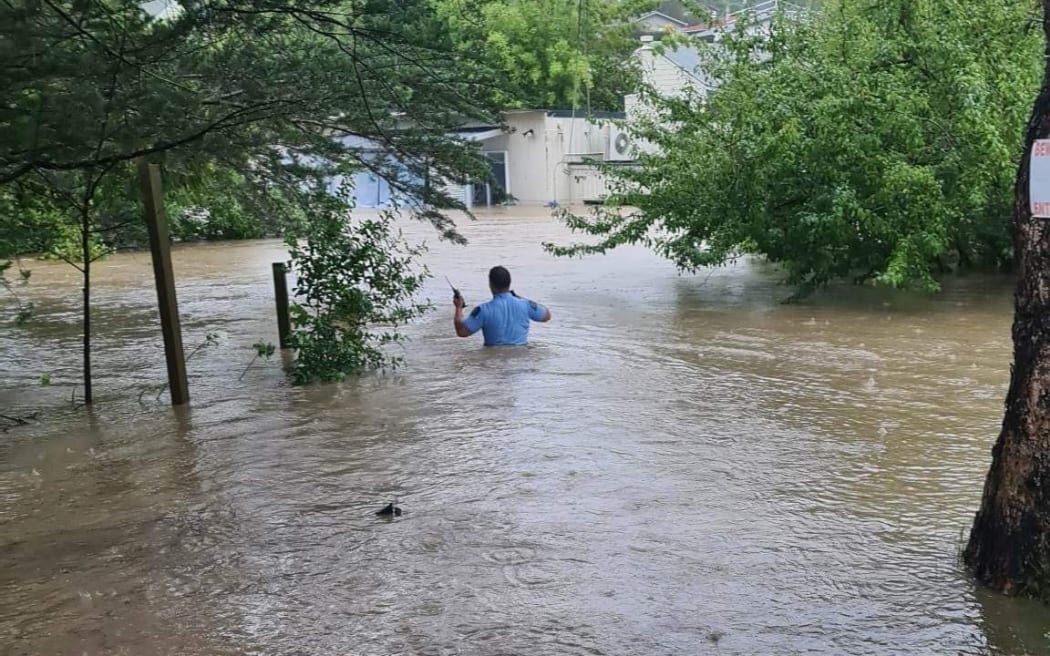What now for Auckland? Four ideas for a more climate resilient city

Auckland's floods may have been historic but flooding on a similar scale will strike again soon. What can Aotearoa's largest city do to prepare? We asked four experts for their big ideas.
Photo: Supplied
Who: Associate Professor Asaad Y Shamseldin, FHEA, Department of Civil and Environmental Engineering at the University of Auckland
The big idea: Stop the pumping stations from flooding
Nobody designs stormwater systems for the kind of extreme event which hit Auckland, says Dr Asaad Shamseldi who studies the resilience of stormwater infrastructure.
He calculates it was in excess of a one in a 1000 year event. Normally infrastructure is designed to cope with one in 10 year events and in flood plains, one in 100 year events.
Climate change may mean extreme events are the "new normal" but even when taking into account the worst climate change scenarios a repeat of Auckland's one day deluge would be "very, very rare," he says.
If residents want a stormwater system which might be able to cope with a deluge like Friday's, "it will come at a cost," and building it will butt heads with a current shortage of engineers.
However, in the short term he thinks Auckland should take a hard look at how its critical infrastructure held up to make sure it is prepared to face more frequent extreme events.
Ten wastewater pump stations in Auckland had their electrics fried by floodwaters, causing overflows. "These should not be flooded," Shamseldin says. The location of the pump stations should be assessed to see if they can be raised up, or relocated to drier ground.
Photo: Supplied / Andrew McDowall
Beyond the short term, hard conversations are needed. Many of the fixes needed to make the city more resilient are time consuming, costly and require labour and skills currently in short supply.
Auckland's road system was thrown into disarray on Friday. As floodwaters rose footage emerged of floating cars and water lapping at the feet of bus passengers. Opportunities to improve the resilience of flooded roads should be investigated.
For property, a plan on how to address frequently flooded homes could be made with the property potentially being bought by the government. "Or should the government with the owner or with the insurance company look at maybe raising the floor level?"
Protecting food supplies might not be top of mind for city dwellers, but looking at what's needed to make sure vegetable growing areas like Pukekohe survive floods with crops intact should also be high on the priority list.
Finally, urban planning can play a role in mitigating future floods. "Infill housing increases the impervious area and that also will increase the runoff."
Photo: Supplied
Who: Tim Welch, University of Auckland senior lecturer and director of Urban Planning
The big idea: Use porous cement, instead of cheaper tar and chip
Auckland's roads, car parks and footpaths should be replaced with porous cement, says Tim Welch, who researches climate change adaptation.
The change would let water filter through urban areas more quickly and could be "easily implemented," he says.
"When we resurface a road, we should legislate that that road should be resurfaced not with chip seal, but with more porous materials as a way to start."
Concrete now covers a lot of wetland, which previously acted as a natural mitigating factor in heavy rainfall.
"All of that tar and chip seal that we have covering the urban space, some of that can be replaced with types of pavement that will let the water come through."
While this porous cement has been available for years, and is used widely in China and Singapore, it's considerably more expensive than plain old chip seal.
"It's about five to six times more expensive per square metre, but it's worth it.
"In the long term, it'll pay for itself," Welch says.
"We're talking about a reduction in buildings flooding, roads flooding, if we can get the water off the surface of the road quickly, we reduce the risk of the road being washed away.
"And then you can't really put a number on the reduction in the risk to life."
Photo: RNZ/Mohammad Alafeshat
Singapore regularly received 200 millimetres of rain in 24 hours but did not flood because the city was built to handle such deluges.
Legislation should also be passed to make Auckland more "spongy", through the creation of porous surfaces and more green spaces.
The creation of more green roofs could also help homeowners and developers looking to reduce rain runoff.
"They're a bit more maintenance and time consuming to develop but they have a host of benefits including keeping buildings cooler, and more efficient."
Photo: Supplied
Who: Tom Logan, University of Canterbury senior lecturer in civil systems engineering
The big idea: Fund the removal of communities from flood-prone places
Creating green and spongy cities will only go so far, so Auckland communities affected by flooding are going to have to make some "hard choices", says Tom Logan, an expert on risk analysis and climate adaptation planning.
"Frankly, when you get that much water, it's going to overwhelm your systems. We don't design our systems for the worst possible event because it'd be so expensive."
Building flood walls or barriers is an option, but these can actually make flooding worse, as New Orleans experienced following Hurricane Katrina.
Raising floor levels or putting homes on stilts are cheaper options, but may still leave communities exposed to risk.
"We have to decide our risk tolerance and how regularly we are willing to accept some amount of damage."
Royale Kitchen at Browns Bay was completely wiped out by the floodwaters. Photo: RNZ / Rayssa Almeida
Some of the hard choices could include giving Auckland Council the power to stop building in flood prone areas and relocating communities.
"This constant cycle of insurance, rebuilding, another hazard, rebuilding, isn't sustainable. Insurance companies are going to move out and make us unprotected."
There needs to be more clarity from central government over who will pay for relocating affected communities.
"We need to sort of move away from knee jerk responses to hazards. We really need to know who's paying, what are the funding options for communities? We need information on this sooner rather than later.
"For us to have a considered and realistic conversation about it, we need to know what the legal options are and what the financial financing options are. Entire towns and neighbourhoods around New Zealand - they're going to have to move and relocate out of hazard zones over the next several decades."
Judy Lawrence, Adjunct Professor and Victoria University of Wellington's Climate Change Research Institute Photo: Robert Cross
Who: Judy Lawrence, adjunct professor at Victoria University of Wellington's Climate Change Research Institute
The big idea: Change planning and construction rules to stop building in flood prone places
Auckland Council needs to identify where the water went, why it went there and decide whether to put people back in places where they'll get wet again, says Judy Lawrence, who is also a New Zealand Climate Change Commissioner and one of the lead authors on last year's IPCC report on climate adaptation.
"This big deluge…it will happen again, so they need to be prepared."
The key is avoiding as much damage as possible, which means taking a look at where new buildings go up and the land around these new buildings.
Auckland could also take inspiration from cities that experience high rainfall yet do not flood, like Rotterdam and Tokyo, where excess storm water is stored in emptied out underground car parks during monsoon rains.
How buildings are made also needs to be considered.
"There's nothing worse than living in a house that floods regularly. How can we build constructions that are not going to be a problem in a flood situation? Concrete floors, for example, and floodways are not a hell of a good idea, actually, they might be cheaper, but if people are going to have to move those houses the cost becomes much greater."
Flooding on Candia Road in Henderson Valley, west Auckland. Photo: Supplied
Then there's the issue of equity and ensuring social and financial support for the less resourced, says Lawrence.
"How do we deal with the less fortunate who are less able to move or less able to deal with the problem?
"We are all going to have to pay for this. It will be ratepayers and government, and it will be part community and individual based.
"It means that we will have to think about how we fund not just the recovery, but the future of development, and developers will have to take some responsibility and ensure that they're not just creating a problem."
Some developers are continuing to build in flood prone areas by raising floor levels or filling in land to above the flood level, but this isn't a good permanent solution.
"If you buy a house on top of a raised platform of dirt what happens when you get a deluge, like you've just had in Auckland, chances are the land will slip or move away, or that you can't get to your house. It's just a temporary fix."




